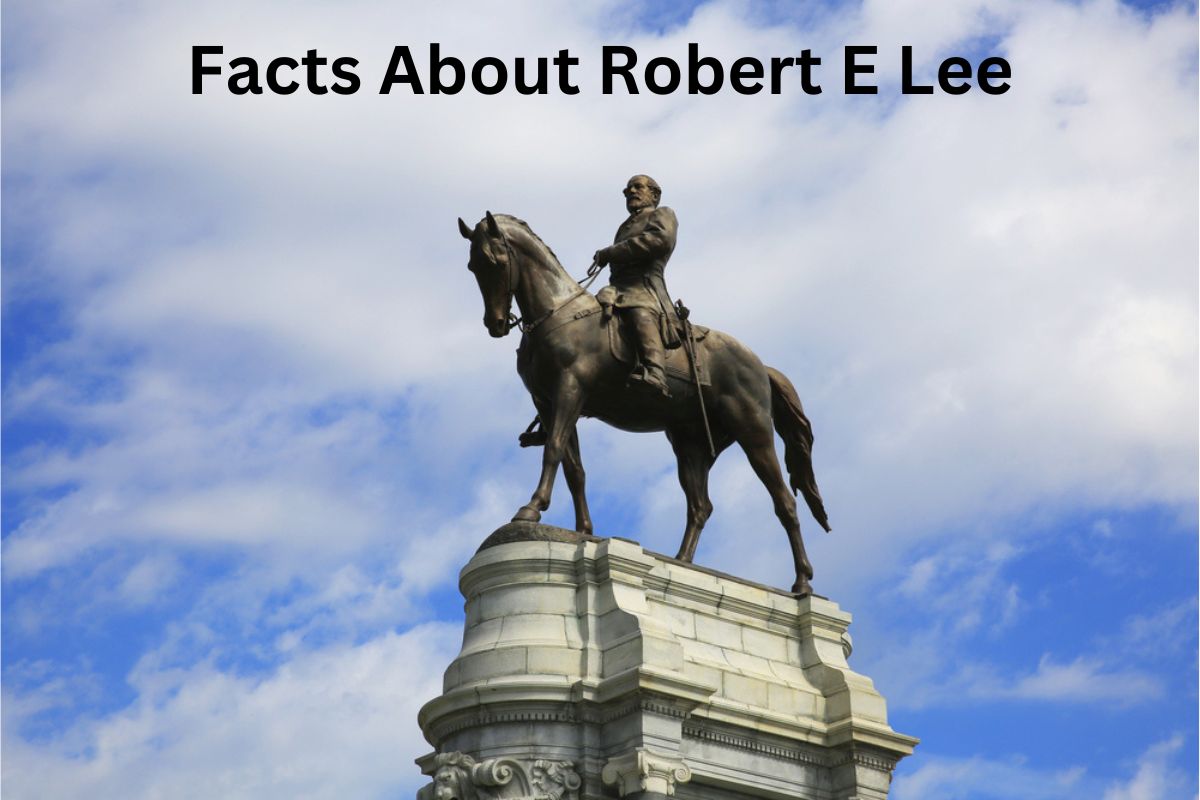Robert E. Lee, born in 1807, was a renowned military leader during the American Civil War. Coming from a prominent Virginia family, Lee’s loyalty to his state led him to join the Confederate Army despite initial reluctance.
As the commander of the Army of Northern Virginia, his tactical brilliance was evident in battles like Bull Run and Chancellorsville. However, his defeat at Gettysburg and subsequent surrender marked a turning point.
Lee later advocated for reconciliation and played a role in rebuilding the South. Despite controversy, his impact on American history and military strategy is significant.
Robert E Lee Facts
1. Robert E. Lee was born on January 19, 1807
Robert E. Lee was born on January 19, 1807, in Stratford Hall, Virginia, United States. He was the fourth child of Henry “Light Horse Harry” Lee III and Ann Hill Carter Lee.
2. He came from a prominent family in Virginia
Stratford Hall was a large plantation where Lee grew up surrounded by the wealth and privilege of his prominent family.
Also Read: Robert E Lee Accomplishments
Lee’s father, Henry “Light Horse Harry” Lee III, was a Revolutionary War hero and a governor of Virginia. He was known for his bravery and leadership during the war, and his service earned him the nickname “Light Horse Harry.”
His father’s military background and distinguished reputation likely influenced Robert E. Lee’s decision to pursue a career in the military.
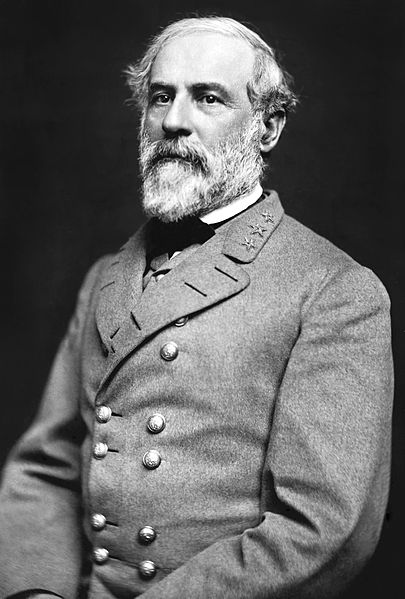
3. Robert E. Lee graduated second in his class from the United States Military Academy
Robert E. Lee attended the United States Military Academy at West Point and graduated second in his class in 1829. At West Point, he excelled in his studies and showed exceptional leadership abilities. His high academic standing and strong military training laid the foundation for his future military career.
4. Lee served as an officer in the United States Army for over 30 years
Following his graduation from West Point, Lee began his military service in the United States Army. He served in various engineering assignments, including building forts and bridges, and gained valuable experience in surveying and construction.
Lee’s dedication to duty and professionalism quickly earned him recognition and respect among his peers.
5. In 1859, Lee led a detachment of U.S. Marines to suppress the raid on Harpers Ferry by abolitionist John Brown
In 1859, Lee played a pivotal role in the events surrounding the raid on Harpers Ferry. Abolitionist John Brown and his followers seized the federal arsenal at Harpers Ferry, Virginia (now West Virginia), in an attempt to spark a slave rebellion.
Lee, then a colonel in the U.S. Army, led a detachment of U.S. Marines to suppress the raid and capture Brown. The successful mission further enhanced Lee’s reputation as a capable and decisive military officer.
6. Lee opposed secession and initially did not want to fight against the Union
Despite initially opposing secession and the idea of fighting against the Union, Robert E. Lee’s strong sense of loyalty to his home state of Virginia ultimately led him to resign from the U.S. Army on April 20, 1861.
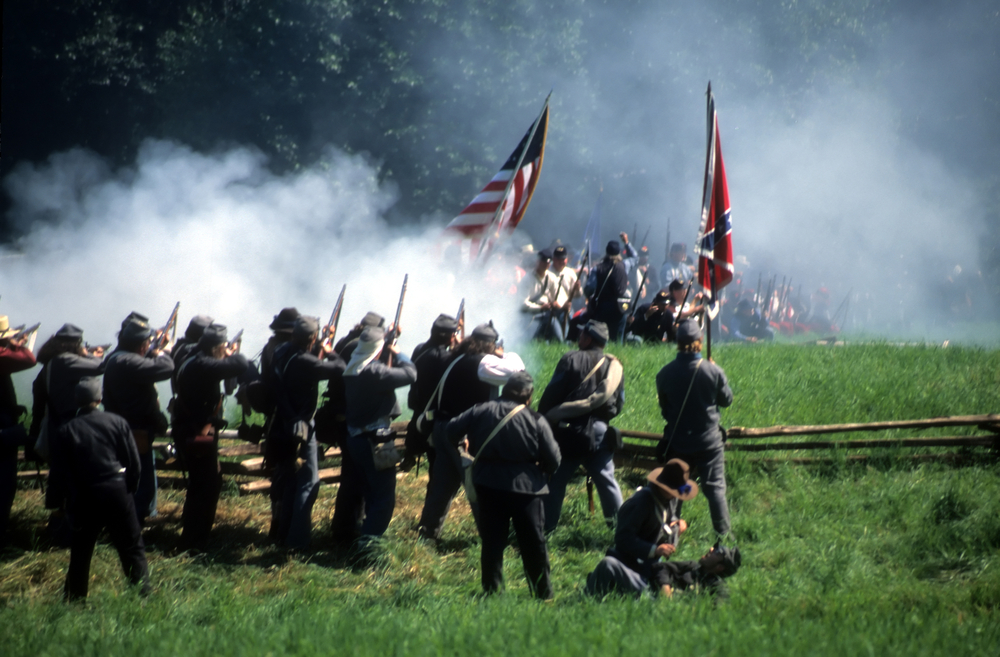
Following Virginia’s secession from the Union, Lee felt compelled to join the Confederate cause and defend his state.
7. Lee was appointed as a general in the Confederate Army and eventually became the commander of the Army of Northern Virginia
After joining the Confederate Army, Lee’s military skills and leadership abilities were quickly recognized. He was appointed as a brigadier general and saw action in several early battles of the Civil War.
Due to his tactical brilliance and successes on the battlefield, he was promoted to major general in May 1862 and eventually became the commander of the Army of Northern Virginia.
8. He is best known for his leadership during the Civil War and his tactical brilliance in several battles
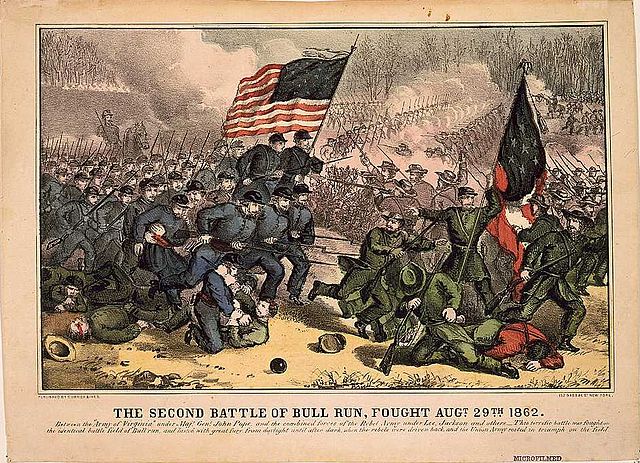
Lee’s strategic prowess and audacity were evident in various battles during the Civil War. At the Second Battle of Bull Run in August 1862, he decisively defeated Union forces under General John Pope, securing a significant victory for the Confederacy.
His tactical acumen was also demonstrated at the Battle of Fredericksburg in December 1862 and the Battle of Chancellorsville in May 1863, where he achieved remarkable successes against superior Union forces.
9. Lee’s most famous battle was the Battle of Gettysburg, where his army suffered a significant defeat
One of the most well-known and pivotal battles of Lee’s career was the Battle of Gettysburg, fought from July 1 to July 3, 1863. The battle marked a turning point in the war, as Lee’s attempts to invade the North were repelled by Union forces under General George G. Meade.
The Confederate Army suffered heavy casualties, and Lee was forced to retreat, effectively ending the Confederate Army’s offensive capabilities in the war.
10. Lee’s surrendered to General Ulysses S. Grant at Appomattox Court House on April 9, 1865
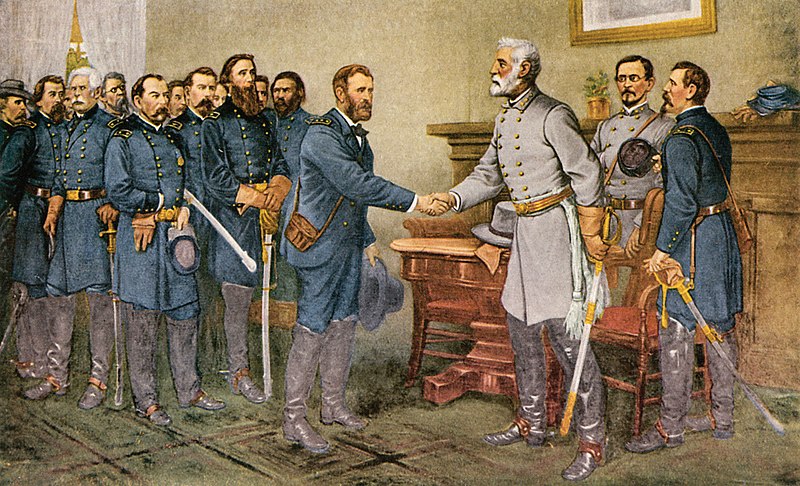
On April 9, 1865, after a series of defeats and the Union’s relentless pressure, Lee surrendered his Army of Northern Virginia to General Ulysses S. Grant at Appomattox Court House, Virginia. This surrender effectively signaled the end of the Civil War.
Lee’s decision to surrender rather than continue a guerrilla-style resistance demonstrated his commitment to ending the war and promoting peace and reconciliation.
The surrender at Appomattox is often seen as a significant moment in American history, symbolizing the beginning of the nation’s healing and the eventual reunification of the Union.
11. After the war, Lee became the president of Washington College (now Washington and Lee University) in Lexington, Virginia
After the Civil War, Robert E. Lee found himself facing the daunting task of rebuilding his life and the war-torn South. In 1865, he became the president of Washington College in Lexington, Virginia, which would later be renamed Washington and Lee University in his honor.
Lee dedicated himself to revitalizing the college, implementing educational reforms, and emphasizing the importance of character development and moral education.
12. Lee advocated for reconciliation and the reunification of the country after the Civil War
Despite his previous role as a Confederate general, Lee actively promoted national healing and reconciliation. He urged his fellow Southerners to accept the outcome of the war and embrace a peaceful future within the United States.
Lee’s efforts to foster unity and promote education earned him respect and admiration, both in the South and across the country.
13. Despite his military leadership for the Confederacy, Lee’s personal views on slavery were more complex
Robert E. Lee’s personal views on slavery were complex. While he inherited slaves and owned them during his lifetime, he expressed some sympathy towards their plight. In private correspondence, he referred to slavery as a “moral and political evil” and acknowledged the need for its eventual abolition.
However, he also believed that the gradual emancipation of slaves should occur in a manner that preserved social order and prevented upheaval.
14. Lee’s image and legacy have been the subject of ongoing debate and controversy
Over the years, Robert E. Lee’s image and legacy have been subjects of ongoing debate and controversy. While some people view him as a symbol of Southern heritage, valor, and states’ rights, others criticize him for leading the Confederate Army, which fought to preserve the institution of slavery.
The complex nature of his legacy has sparked discussions about the role of Confederate symbols and monuments in public spaces.
15. Numerous statues and monuments of Robert E. Lee were erected throughout the United States, particularly in the South
Many statues and monuments of Robert E. Lee were erected across the United States, particularly in the Southern states, as a tribute to his military leadership and perceived virtues.
However, in recent years, there has been a significant reevaluation of Confederate symbols due to their association with racism, oppression, and the legacy of slavery.
As a result, numerous statues and monuments of Lee have been removed or relocated, reflecting ongoing societal discussions about historical memory and representation. This process has sparked debates about how best to address the complex and often contentious aspects of American history.
